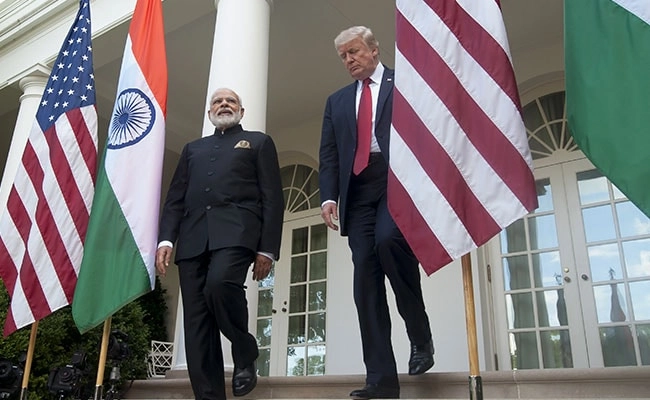In a significant shift in trade policy, former President Donald Trump announced a dramatic increase in tariffs on goods imported from India, raising the rate to 50%. This decision marks a pivotal moment in U.S.-India trade relations, as it reflects escalating tensions between the two nations over trade practices and market access. The order, which was released to the public, outlines the rationale behind the increase, citing concerns over trade imbalances and the need for fairer trade practices. Trump’s administration has long emphasized a tougher stance on trade, particularly with countries that it perceives as not adhering to fair trade principles.
The full text of the order details the specific goods affected by the tariff hike, which includes a wide range of products from textiles to electronics. The administration’s objective is to protect American industries from what it describes as unfair competition and to encourage domestic manufacturing. Trump’s approach has been characterized by a focus on bilateral trade deficits, and this latest measure is consistent with his administration’s broader strategy of using tariffs as a tool to negotiate better terms with trading partners. The increase is likely to have significant implications for Indian exporters and could lead to retaliatory measures from the Indian government.
As the U.S. and India navigate this new trade landscape, the long-term effects of the tariff increase remain to be seen. Economists warn that such measures could lead to higher prices for consumers in the U.S. and disrupt established supply chains. The move also raises questions about the future of U.S.-India relations, particularly in the context of strategic partnerships in areas such as defense and technology. The Indian government has expressed concerns over the tariff increase, indicating that it may seek to engage in negotiations to address the underlying issues. This decision underscores the complexities of global trade and the challenges that arise when national interests clash, leaving businesses on both sides to adapt to the new economic reality.




